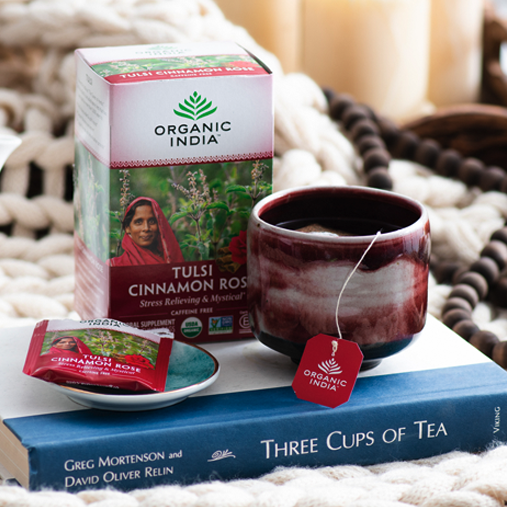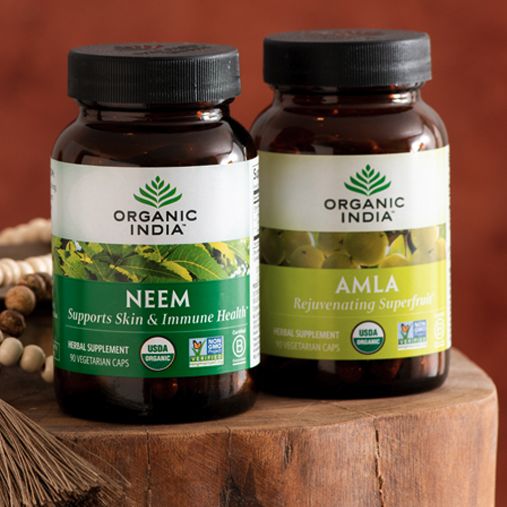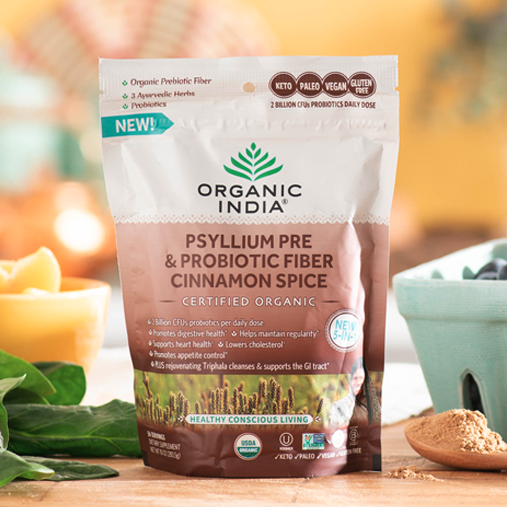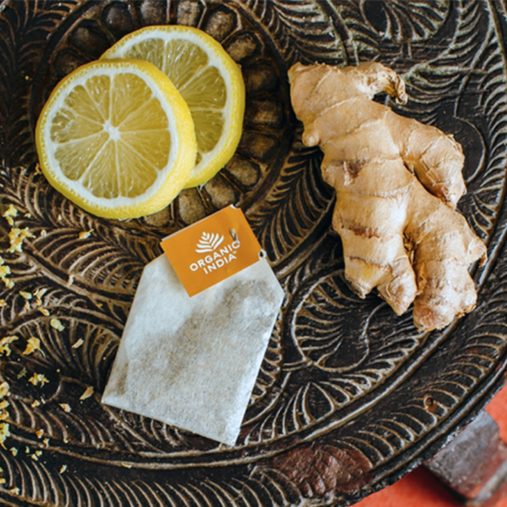Back
Triphala: Sustainably Wildcrafting an Ancient Tonic
11/18/2022 |
Conscious Healthy Living, Herbal Secrets
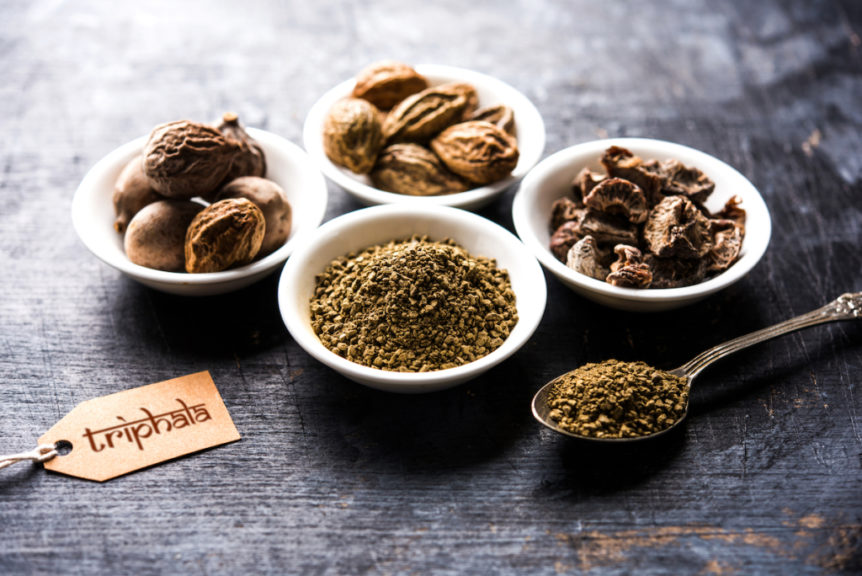
Thousands of years ago, ancient healers discovered three immune supporting herbs in the heart of the Indian forests — these plants are still being used today in a formula called Triphala. But unlike millennia ago, there is now a concern not only for what we can glean from our healing plants, such as those comprising Triphala, but also for how these plants are harvested.
The three fruits of Triphala
Triphala, Sanskrit for “three fruits,” is considered an Ayurvedic rasayana formula, meaning that it is the “path of essence,” or that which lengthens the lifespan. The three fruits comprising Triphala are amalaki (Emblica officinalis), bibhitaki (Terminalia bellirica), and haritaki (Terminalia chebula). As one of the most popular formulas in Ayurveda, Triphala has been used for an array of applications for all three of Ayurveda’s dosha constitutions — vata, pitta, and kapha.
Triphala capsules offer myriad health benefits, including for eye issues, and for dental symptoms. And, because this unique formula has been used to support digestive issues, the gastrointestinal tract, and the immune system, it is something that can come in handy for the holiday season.
As everyone knows by experience, the time between Thanksgiving and the New Year is potentially marked significant changes in dietary habits; overeating and possibly too much sugar, in addition to exposure to extreme temperatures.
Triphala, Sanskrit for “three fruits,” is considered an Ayurvedic rasayana formula, meaning that it is the “path of essence,” or that which lengthens the lifespan.
Ayurvedic practitioners are quick to point out that holiday festivities and indulgence go hand-in-hand. Extra sweets, partying, and seasonal temptations lead people to overeat and eat at irregular times. As a result, we see a build-up of toxins (known as “ama”) in the body, caused by undigested food particles. Ama is the toxic waste-product of inefficient digestion, which can accumulate and cause disease.
Tegan Wallis, holistic health practitioner at Veda Wellness explains, “During the holidays, we’re particularly susceptible to developing Ama as we tend to throw our usual routine and diet out the window. The key to preventing the formation of Ama build up is supporting Agni – our digestive fire/system. If we keep our Agni strong, we can digest food efficiently without forming the toxic by-product of Ama. This is where Tripahla comes in.”
Dr. Rama Kant Mishra, Ayurvedic physician and researcher, explains, “If we are unable to properly digest and assimilate the food we eat, the body will not receive the nourishment it needs to maintain and regenerate itself…A combination of amalaki, haritaki, and bibhitaki, triphala strengthens the digestive process, provides nutrients, and pushes out toxins from the body. With a mild laxative effect, it enhances the health of the gastrointestinal tract by rejuvenating the membrane lining of the intestines and by stimulating bile production.”
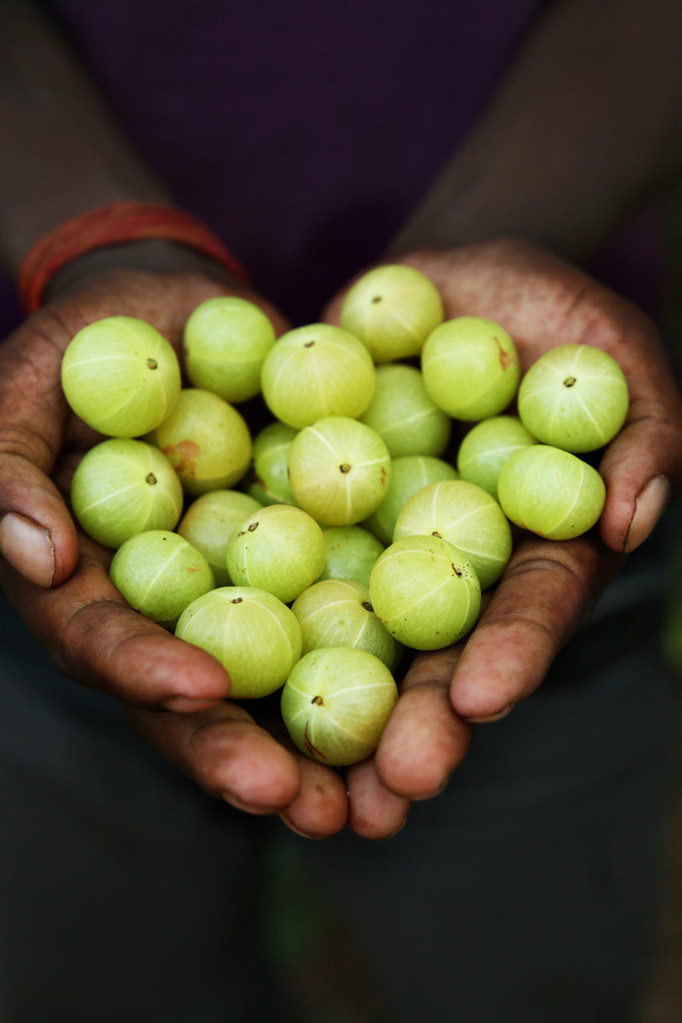
Properly Sourcing: Wildcrafting Triphala
In our modern era, Triphala has been wildcrafted from India’s forested regions — collected, not cultivated. Wildcrafting is another word for foraging, and is the practice of harvesting plants from their natural, or ‘wild’ habitat.
But wildcrafting can be a double-edged sword, because it can be practiced sustainably or can lead to over-harvesting. To preserve the integrity of its Triphala formula, as well as the ecology of rich and diverse food-producing ecosystems, ORGANIC INDIA worked with the Indian government to certify 800,000 acres of forest as organic as a means of eliminating environmental pollutants and protecting plants from overharvesting.
This type of responsible wildcrafting, based on giving back to the land, is imperative for ORGANIC INDIA because its owners, farmers, and workers understand the delicate structure of the natural world that yields the plants needed to nourish life and health. Responsibility and commitment to nature protects plants from being driven to the brink of extinction.
On the subject of wild-harvested botanicals, Michael McGuffin, president of American Herbal Products Association (AHPA) explains “When we talk about our care of the environment, what we mean is, that part of the environment that we can still control…The tradition is to be mindful of not just this year’s collection but the preservation of the stock that will produce next year’s and the next decade’s production.”
Julie D. Johnston, B.A., B.Ed., M.Ad.Ed. and her husband Peter D. Carter, M.D. — founders of GreenHeart Education — teach that wildcrafting is more than just finding and harvesting plants that grow in the wild. “Wildcrafters learn about growing conditions, weather patterns, life cycles, ecological ranges, and plant folklore. They develop an environmental ethic (the first ‘rule’ of collecting in the wild is to never threaten the survival of the stand of plants).”
A Time to Celebrate — Naturally
In the world of Ayurvedic healing, it has often been said that nature always has a remedy for the out-of-balance mind, body, and spirit. And while we may thank the land for the healing herbs in Triphala to address the overindulgence of the holiday season, equal appreciation can be given to those who care enough to wildcraft in responsible and loving way.
